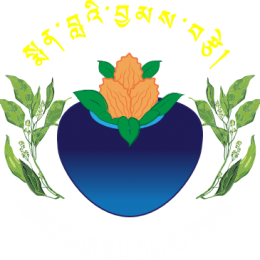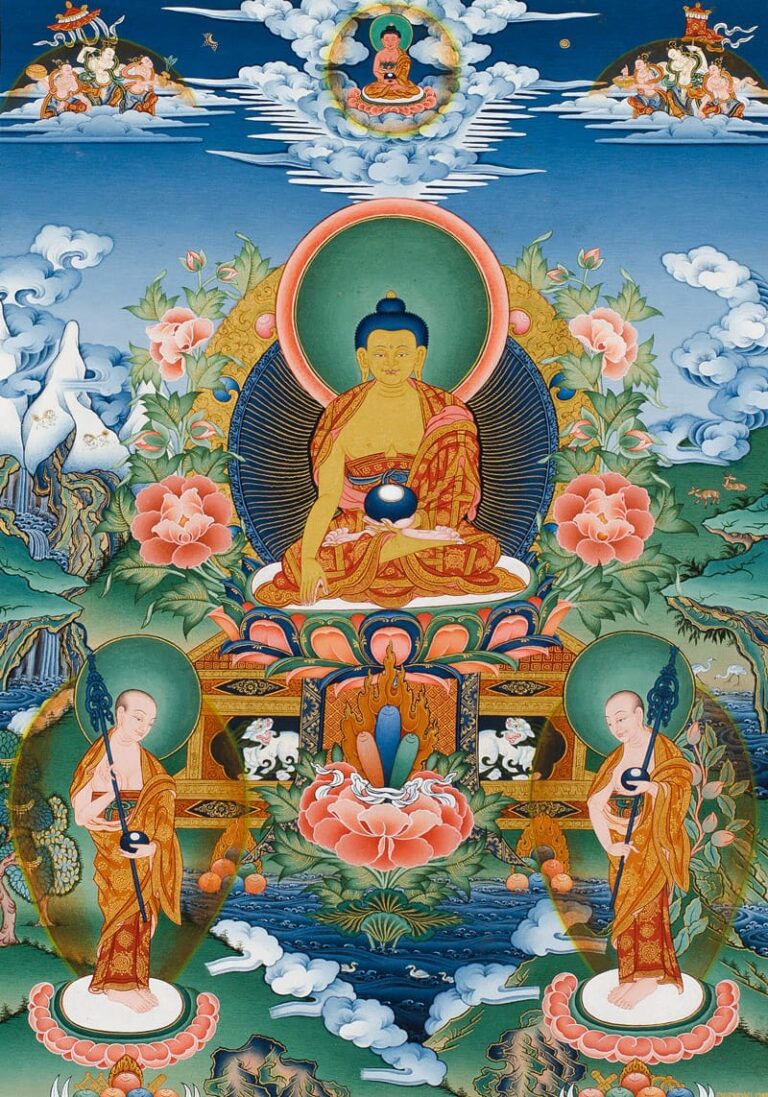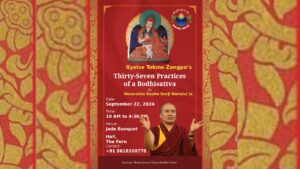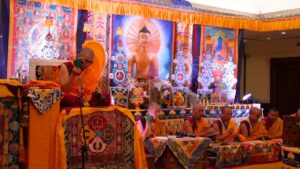Tibetan thangka is a traditional form of religious art deeply embedded in Tibetan culture and Buddhism. Thangkas are intricate, sacred paintings or embroidered artworks typically depicting deities, mandalas, spiritual scenes, or significant teachings of the Buddha. These artworks are created on cotton or silk fabric and are often framed with colorful silk brocade, allowing them to be easily rolled up and transported.
Thangkas serve as important teaching tools, helping practitioners visualize and meditate on various aspects of Buddhist philosophy and deities. The process of creating a thangka involves detailed, methodical craftsmanship that can take weeks or even months to complete. Each element is painted with precision and symbolism, with careful attention paid to proportions, colors, and sacred geometry, ensuring the artwork aligns with the traditional iconography and spiritual meanings.
There are two main types of thangkas: hand-painted and printed. Hand-painted thangkas are highly valued for their authenticity and the unique artistic skill involved. They are created by trained artists who follow strict guidelines and use mineral pigments to achieve vibrant, long-lasting colors. Due to the time and expertise required, these thangkas are more expensive. On the other hand, printed thangkas offer a more accessible and affordable option, making it easier for devotees and collectors to own these sacred pieces.
Overall, thangkas are not just art; they embody deep spiritual significance and are revered as meditative and educational tools in Tibetan Buddhism.




